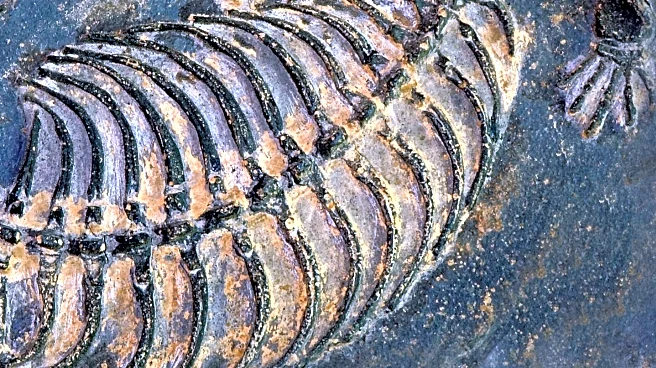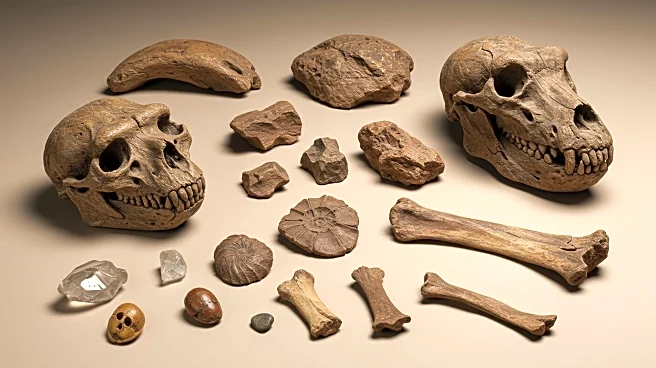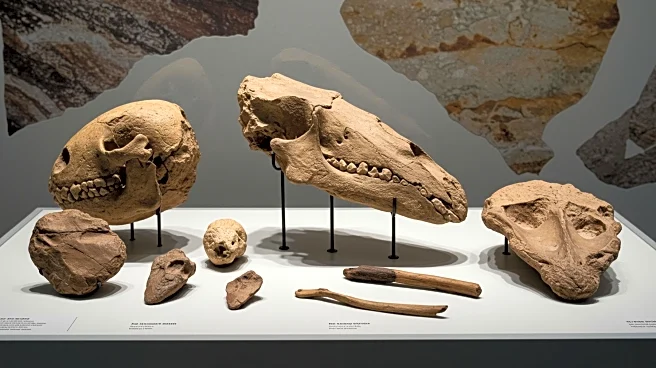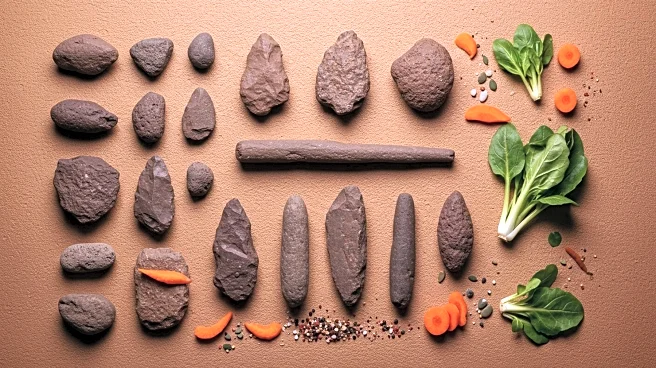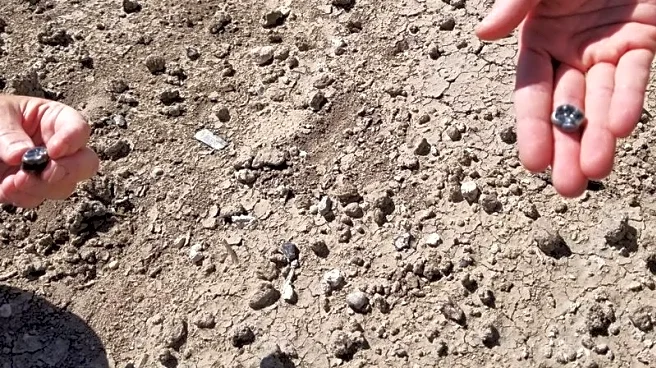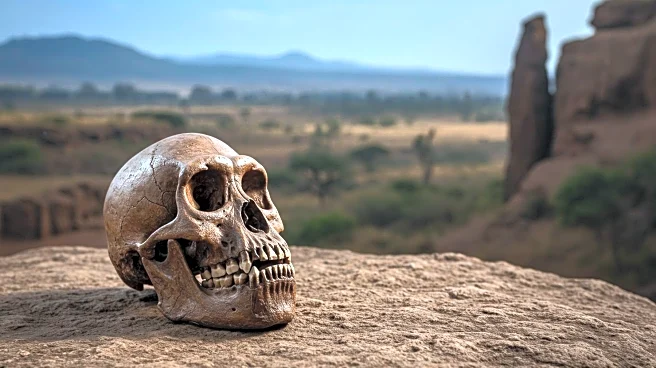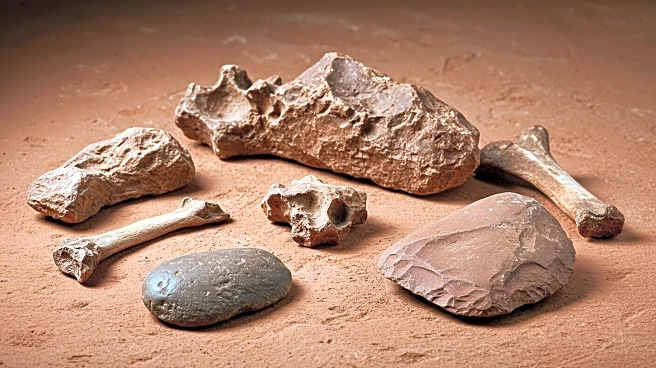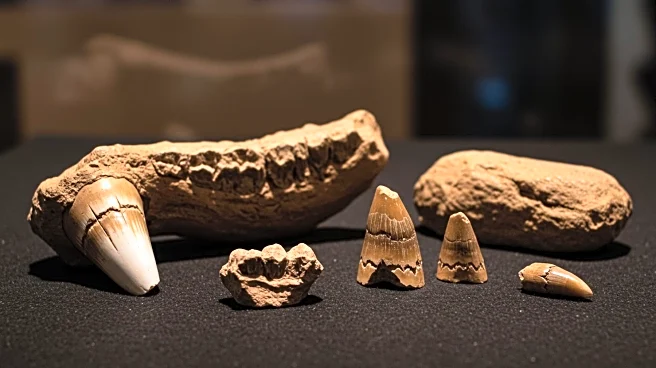Rapid Read • 7 min read
Recent archaeological findings in northeastern Ethiopia have uncovered fossilized teeth indicating that two different types of hominins, or human ancestors, lived in the same region between 2.6 million and 2.8 million years ago. The discovery includes teeth from the genus Australopithecus and the genus Homo, suggesting a previously unknown species of Australopithecus may have existed alongside early Homo species. This challenges previous beliefs that Homo appeared after Australopithecus, showing instead that these species coexisted. The findings were published in the journal Nature, highlighting the complex web of human evolution and the non-linear nature of hominin development.
AD
The coexistence of Australopithecus and Homo species provides new insights into human evolution, suggesting that multiple hominin species developed and lived simultaneously. This challenges the traditional linear view of human evolution and highlights the diversity and adaptability of early human ancestors. The discovery could reshape understanding of evolutionary processes and the factors that led to the survival or extinction of different species. It also underscores the importance of continued fossil research to uncover more details about the evolutionary history of humans.
Further research and excavation in the Afar region of Ethiopia are expected to provide more information about the coexistence of these hominin species. Scientists aim to find additional fossils to better understand the differences between Australopithecus and Homo, and how they might have interacted or competed for resources. The study also opens up questions about the environmental conditions and dietary habits of these ancient species, which could offer more clues about their survival strategies.
The discovery highlights the ethical and scientific importance of preserving archaeological sites and supporting research that can provide insights into human history. It also raises questions about the cultural significance of understanding human origins and the impact of such knowledge on contemporary views of human diversity and adaptation.
AD
More Stories You Might Enjoy
